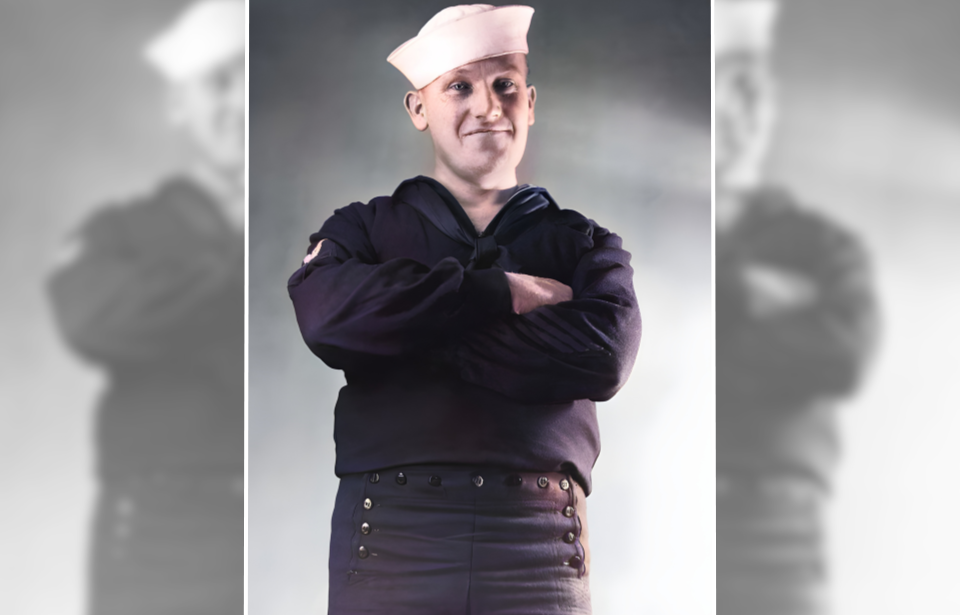Navies globally follow a range of ancient traditions, many of which have continued for centuries with origins that remain somewhat obscure. However, the 13-button trousers worn by US Navy sailors stand out due to their thoroughly documented history. Though mainly practical, these trousers are also thought to carry symbolic importance, according to different interpretations.
‘Crackerjacks’
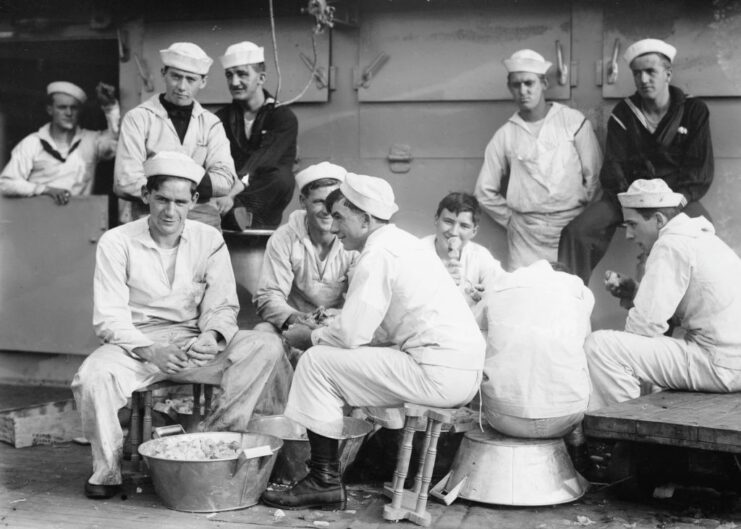
In the early 1800s, the US Navy introduced 13-button bellbottom pants, endearingly called “Crackerjacks,” with a practical design in mind. The flared ends were meant to be easily rolled up during demanding tasks, providing sailors with a useful convenience. Additionally, the flared design allowed for swift removal if a sailor fell overboard, eliminating the need to take off their shoes. This feature was vital, as it prevented the heavy, waterlogged wool material from pulling sailors underwater.
There are other theories
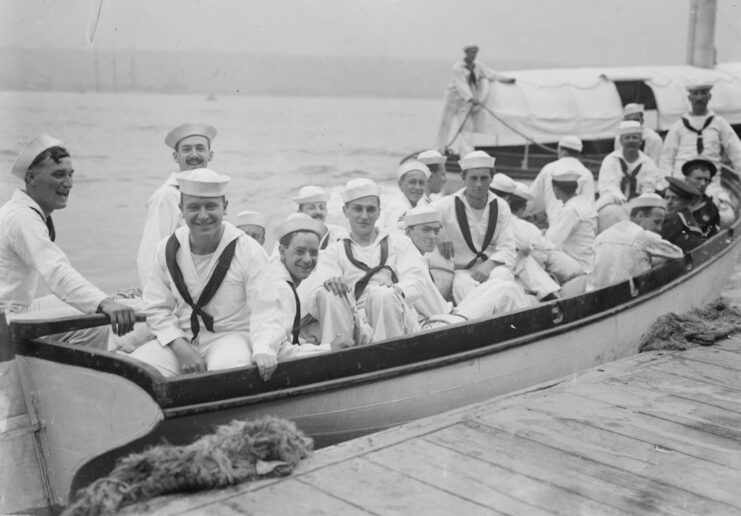
In addition to these practical considerations, there are alternative theories about the 13-button pants. One theory suggests that the flared bottoms were intended to give US Navy sailors a unique look. Moreover, since zippers were not commonly used at the time, the buttons functioned to secure the crotch area, known as the “broadfall.”
Why do the pants worn by US Navy sailors have 13 buttons?
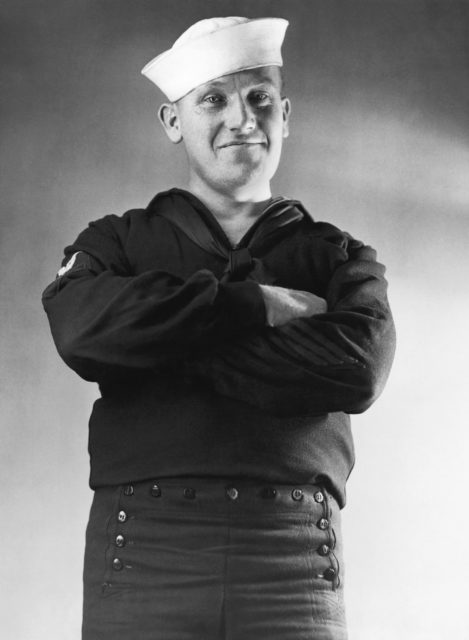
As aforementioned, the broadfall section of the pants is secured by exactly 13 buttons, which are often thought to symbolize America’s original 13 colonies. However, this is generally regarded as a sailor’s myth.
Initially, the broadfall had 15 buttons, but this number was reduced to seven to conserve material. Sailors soon complained that the section was too small, partly due to weight gain from dietary changes and the discomfort it caused to their “equipment.” In response, the US Navy enlarged the broadfall. This required additional material, and six more buttons were added, resulting in the 13 buttons seen today. This number was likely chosen for visual symmetry.
What about other pieces of uniform?
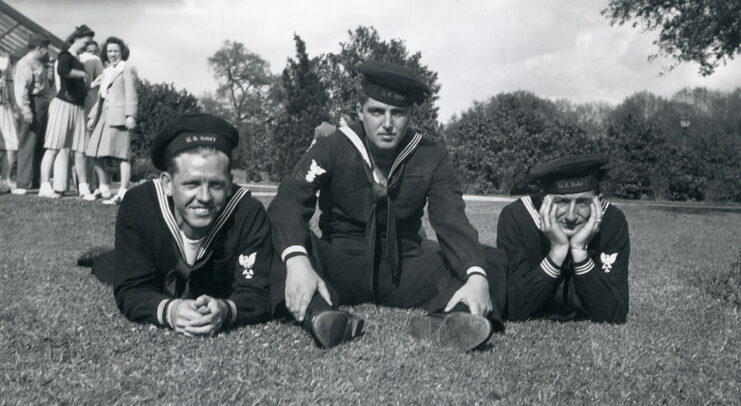
Other parts of the US uniform had several uses. The neckerchief functioned as both a headband and a cleaning cloth, also helping to keep the uniforms neat. In the 19th century, sailors often had long hair, which they secured in ponytails with a sticky tar-like substance to avoid distraction during work. The neckerchief was essential in keeping their hair from interfering with their clothing.
Honoring Horatio Nelson?
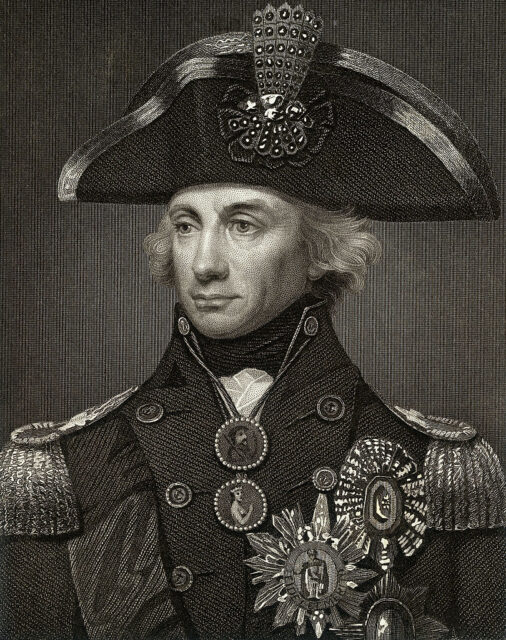
Like the “13 buttons, 13 colonies” explanation for the bellbottom pants, the neckerchief also has an alternative and unlikely origin. Allegedly, the fabric is a symbol to honor Horatio Nelson, with the three white lines representing his three major victories.
Are you a fan of all things ships and submarines? If so, subscribe to our Daily Warships newsletter!
Today, this style of uniform is for dress purposes, rather than actual work, and these unique features were retained to maintain traditions.
